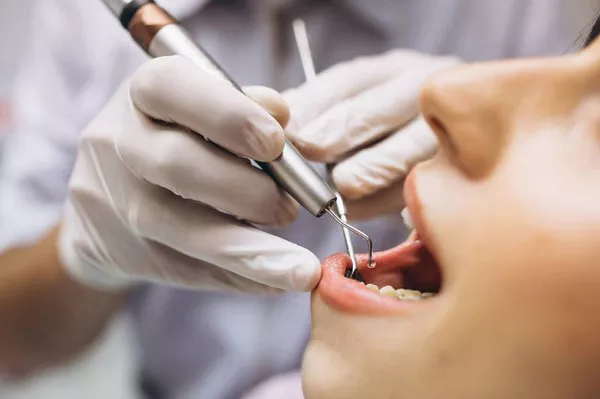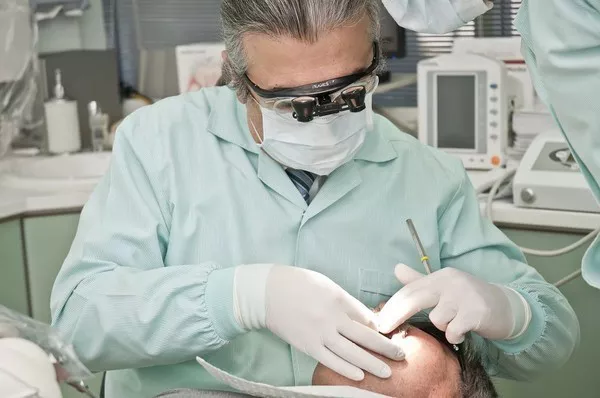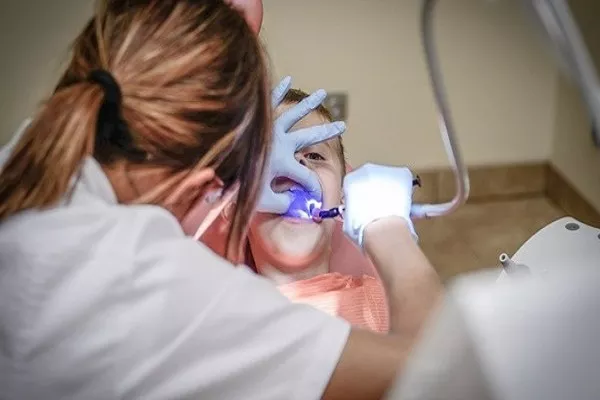Dental implants are a highly effective and popular solution for replacing missing teeth and restoring a confident smile. The dental implant procedure involves surgically placing titanium posts into the jawbone, which serve as sturdy anchors for artificial teeth. While the implant placement itself is a significant step in the process, what follows is equally crucial to ensure the success and longevity of the implants. This article explores what happens after dental implants are placed, including the recovery period, osseointegration, restoration, and long-term care.
Immediate Post-Placement Care (1-2 Weeks)
After the dental implant surgery, patients may experience some discomfort, swelling, and minor bleeding. Dentists typically prescribe pain medications and antibiotics to manage pain and prevent infection. During the initial post-placement period, it’s essential to follow these guidelines:
Rest and Recovery: Adequate rest is crucial to aid the healing process. Avoid strenuous physical activities during the first few days after surgery.
Oral Hygiene: Gentle oral hygiene practices are essential to keep the surgical area clean. Dentists may recommend using a soft-bristled toothbrush and a mild mouthwash.
Diet: Patients are advised to stick to a soft food diet and avoid hot, spicy, or crunchy foods to minimize irritation to the surgical site.
Follow-up Visits: Regular follow-up appointments with the dentist are scheduled to monitor healing progress and address any concerns.
Osseointegration (2-6 Months)
The key to the success of dental implants lies in a process called osseointegration. This is the phase where the dental implant fuses with the surrounding jawbone, providing a strong and stable foundation for the artificial tooth. Osseointegration usually takes several months to complete.
During this period, it is crucial to:Avoid Disturbing the Implants: Activities that put excessive pressure or stress on the implants, such as chewing hard foods or using tobacco products, should be avoided to promote successful osseointegration.
Maintain Oral Hygiene: Proper oral hygiene remains critical during this phase. Dentists may recommend using a special mouthwash or a water flosser to keep the implant area clean.
Restoration Phase (2-4 Weeks)
Once osseointegration is successfully achieved, the restoration phase begins. This involves attaching the abutment, a connector piece, to the dental implant, which will hold the artificial tooth (crown) securely in place. The dentist takes impressions of the mouth to create a customized crown that matches the shape, size, and color of the natural teeth.
During the restoration phase:
Dental Impressions: Patients will visit the dentist to have their dental impressions taken for the creation of the crown.
Temporary Crown (Optional): In some cases, a temporary crown may be placed while the permanent crown is being fabricated.
Permanent Crown Placement: Once the permanent crown is ready, it is secured onto the abutment, completing the restoration process.
Long-Term Care and Maintenance
After the dental implants are fully restored, long-term care and maintenance are vital to ensure their longevity and overall oral health. Here are essential steps for maintaining dental implants:
Good Oral Hygiene: Regular brushing, flossing, and using an antibacterial mouthwash are essential for preventing plaque buildup and gum disease around the implants.
Dental Check-ups: Routine dental check-ups and cleanings are necessary to monitor the health of the implants and identify any potential issues early on.
Lifestyle Habits: Avoid smoking and limit the consumption of staining substances, as they can affect the appearance of the crown.
Bite Force Management: Patients with dental implants should be mindful of their bite force and avoid using the implants to open packages or bite on hard objects.
Conclusion
Dental implants offer an excellent solution for replacing missing teeth and restoring smiles with natural-looking and functional results. After the dental implants are placed, a crucial journey of recovery, osseointegration, restoration, and long-term care begins. Following post-placement care instructions, ensuring successful osseointegration, and completing the restoration process are vital for the implant’s success. Practicing good oral hygiene, attending regular dental check-ups, and adopting a healthy lifestyle are fundamental in maintaining the implants’ durability and overall oral health. With proper care and attention, dental implants can provide patients with a long-lasting, confident, and functional smile for years to come.
































